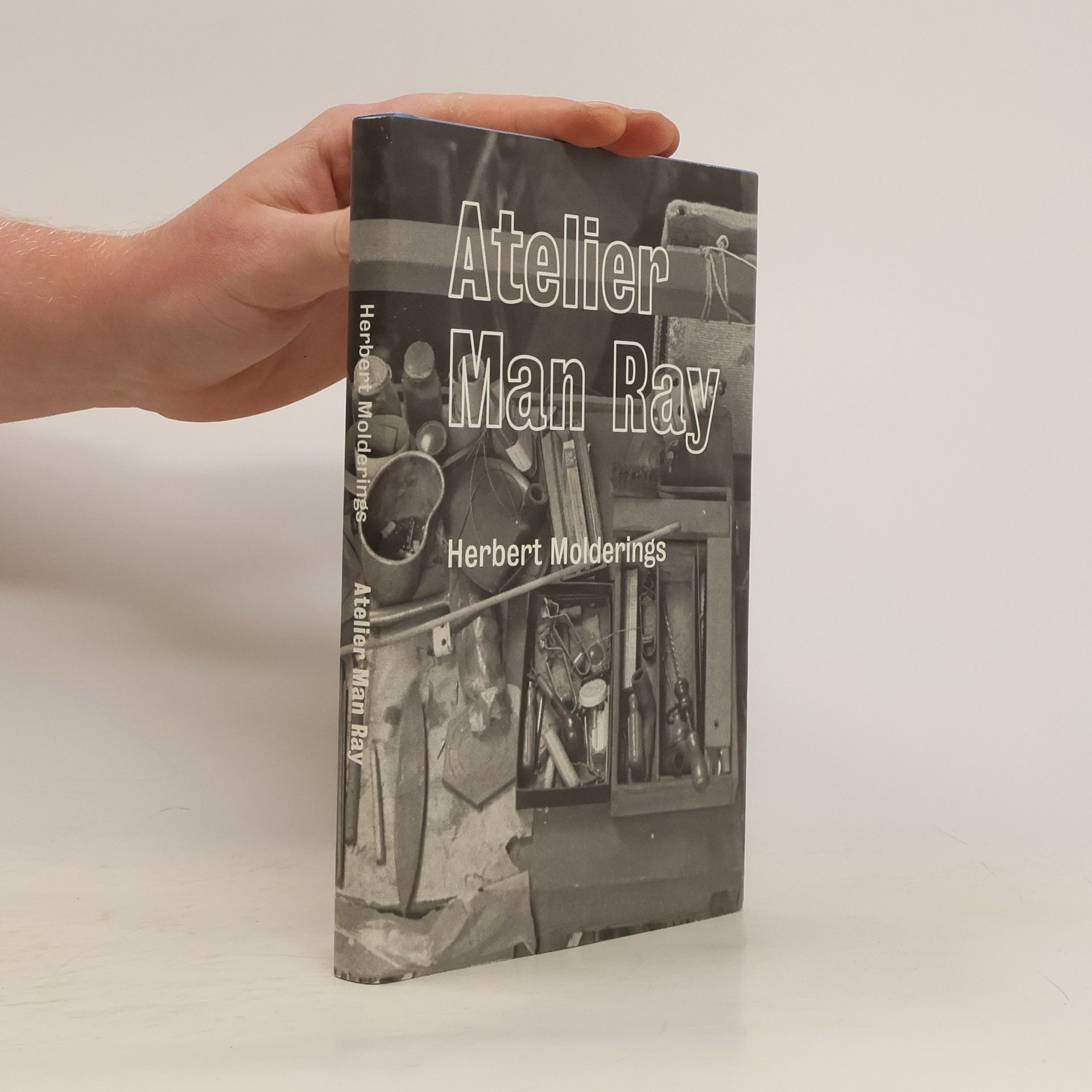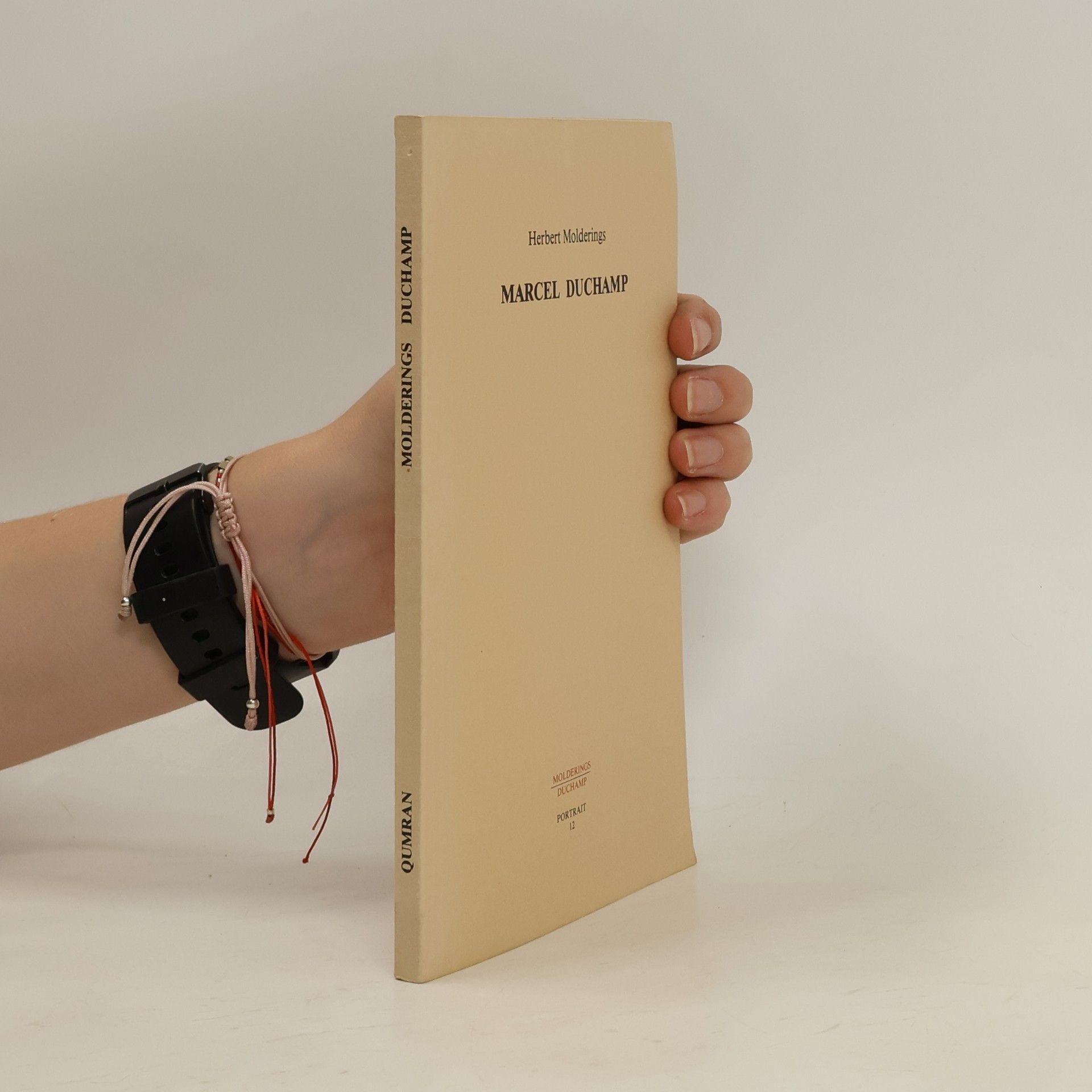New book on the work of American contemporary artist and sculptor 'Charlie Simonds/Herbert Molderings: About Time'.This richly illustrated book in vice versa format features brilliant photos of Simonds' utopian "Floating Cities" by the artist himself.An illustrated essay by art historian Herbert Molderings on Simonds' famous "Dwelling" series offers a new interpretation of the works as memorials of the indigenous culture of the First Americans.Further reading:'Charles Simonds: Dwelling', 9783863358204, is also available.
Herbert Molderings Book order






- 2023
- 2013
1945 publizierte Marcel Duchamp in der amerikanischen Zeitschrift View ein fotografisches Selbstporträt, das ihn der Bildunterschrift zufolge „at the Age of 85“ abbildete. In Wirklichkeit war er damals erst 58 Jahre alt. Bisher war über die Entstehungsumstände dieser Inkunabel der „inszenierten Fotografie“ nichts bekannt. In dem Buch wird erstmals ein jüngst entdecktes Skript Friedrich Kieslers veröffentlicht, in dem dieser in allen Einzelheiten beschreibt, wie er seinem Freund Marcel Duchamp dabei assistiert hat, sich vor der Kamera des New Yorker Fotografen Percy Rainford als greisenhafter Künstler-Philosoph zu stilisieren. Der bekannte Duchamp-Experte Herbert Molderings interpretiert Duchamps Selbstporträt als neuartigen, konzeptuellen Umgang mit der Fotografie. Der Fotoapparat wird als „Zeitmaschine“ benutzt, jedoch nicht, um, wie allgemein üblich, einen Moment der Gegenwart festzuhalten, sondern um in die Zukunft zu blicken.
- 2009
Atelier Man Ray
- 95 pages
- 4 hours of reading
- 2008
Maler und Poeten
- 299 pages
- 11 hours of reading
- 2006
Herbert Molderings kommt mit dem vorliegenden Buch das unbestreitbare Verdienst zu, die Enstehungsgeschichte dieses bislang erstaunlich enigmatisch gebliebenen Werks ausgeleuchtet und es in die künstlerische Entwicklung Duchamps eingeordnet zu haben. Prinzipien der nicht-euklidischen und der topologischen Geometrie, Grundsätze der konventionalistischen Wissenschaftstheorie des Mathematikers Henri Poincaré kommen in diesem Bildexperiment ebenso zum Ausdruck wie Alfred Jarrys humoristische 'Pataphysik', die Gesetze postuliert, welche nur im Einzelfall gelten, sowie Raymond Roussels sprachspielerische Techniken. Alle diese Ideen konvergierten in Duchamps radikal individualistischer Lebens- und Kunstauffassung, in der nur der Einzelne zählt, während soziale Normen von untergeordneter Bedeutung sind.
- 1996
Umbo
- 384 pages
- 14 hours of reading
"Mit der Rekonstuktion von Umbos Oeuvre in der vorliegenden Monographie wird die deutsche Fotogeschichte um eine grosse Figur bereichert. Umbo beschritt in der Fotografie der zwanziger Jahre einen ganz eigenwilligen Weg, sozusagen einen ""dritten"" Weg, jenseits von neusachlicher Angepasstheit un konstruktivistischer Radikalität. Während die Fetischisierung der Maschine die grosse Gefahr dieser beiden Richtungen war, praktizierte Umbo eine ganzheitliche Ästhetik in der Fotografie, die statt eines rein ..."
- 1983
